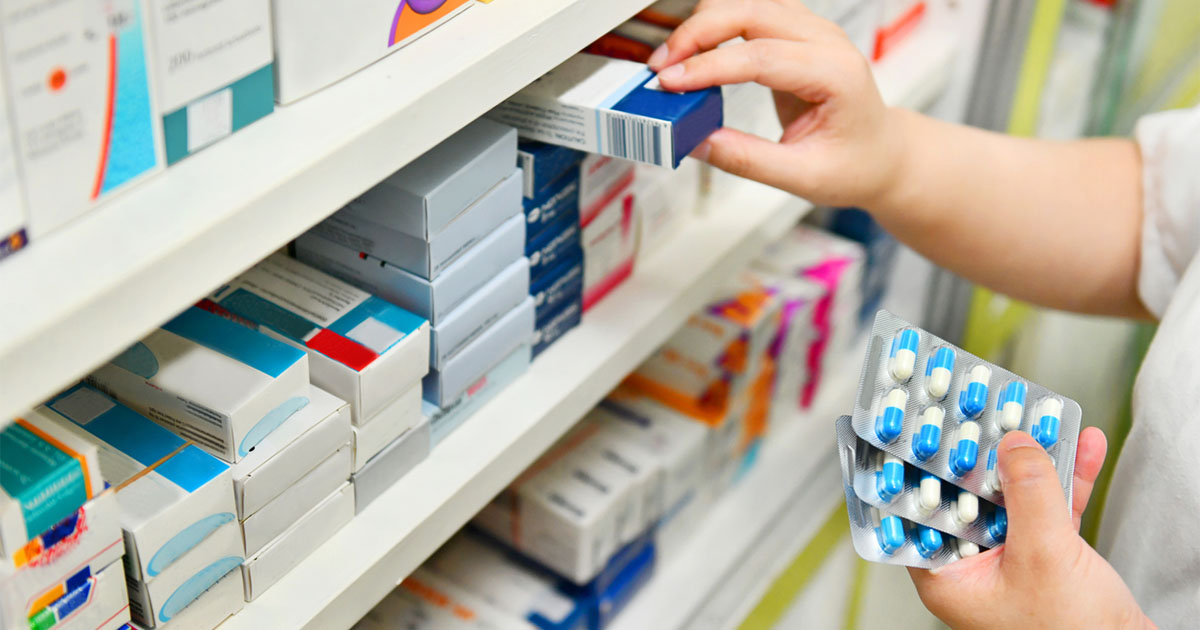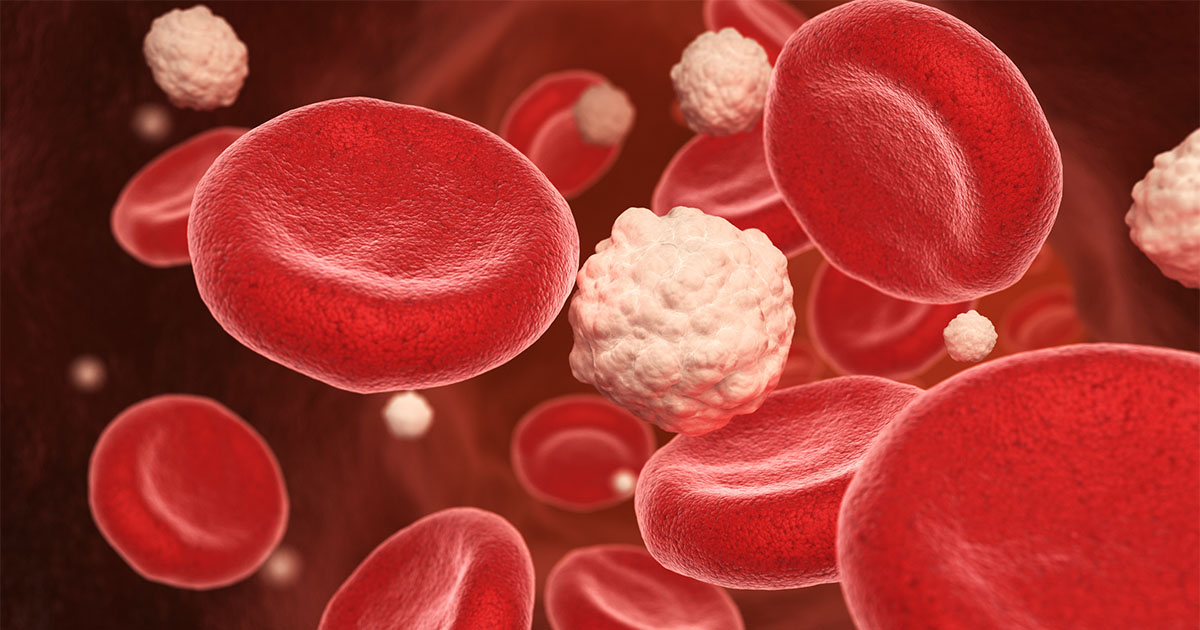Ramadan is the holy month of the Islam religion, and falls in the ninth lunar month of the Islamic calendar year. The time of year it falls will vary, as it moves forward by 10 days each year. This means in 2004, Ramadan will be from 15 October to 14 November.
Muslims comprise 5% of the population of the UK, and although there are more Muslims in certain areas, it is likely that there are Muslims in most areas of the UK. For Muslims, fasting during Ramadan is an important part of their faith, and is obligatory for all healthy Muslim adults. Some groups of people are exempt from fasting: children under 12, the elderly, women who are menstruating, pregnant or breastfeeding, travellers, and people who are seriously unwell. Most people with diabetes would not consider themselves exempt from fasting (even some that are in the exempt categories), and unless people are very ill or pregnant, advising people to break their fast can be unhelpful and is unlikely to be acted upon. It is much more helpful to negotiate how their diabetes treatment can be optimised during Ramadan.
How does Ramadan affect diabetes?
The main changes to someone’s daily routine that affect diabetes are that no food or drink is taken between dawn and sunset, which could be up to 18 hours each day if Ramadan falls in the summer months. In addition, blood tests (including self monitoring) are considered by many to be a break of fast, as are taking oral medication and insulin during the fasting hours. In the non-fasting hours, two meals are taken – sehri (before dawn) and iftar (after sunset). Large amounts of sugary drinks, sweet foods, fried and carbohydrate-rich foods are consumed. The sugary drinks and sweet foods are usually taken as soon as the fast is broken, before the evening meal.
Diabetes treatment during Ramadan
If someone’s blood glucose is treated with healthy eating and physical activity with no additional medication, it can be helpful to raise their awareness that their blood glucose may rise higher than usual during the evening and night if they eat large amounts of sweet foods. Asking them to identify what they are prepared (and able) to alter about their food intake is likely to engender useful discussion. The more they are involved in making decisions about how they can alter their food intake, the more likely it is that they will carry out those alterations.
Oral hypoglycaemic agents
If someone is taking medication to control their blood glucose, it is important that this is tailored as much as possible to each person’s requirements. If someone has fasted previously whilst they have been taking tablets, asking them how they cared for their diabetes at that time is a good starting point. That way, additional information can be provided if lacking, any misconceptions can be dealt with, and treatment can be tailored to the non-fasting period.
For those taking tablets, metformin is the safest form of medication as it will not induce hypoglycaemia in the fasting hours. Sulphonylureas, however, carry a high risk of hypoglycaemia due to their extended action. If insulin secretagogues are required, the newer prandial glucose regulators, nateglinide and repaglinide are a better choice as their short duration of action reduces hypoglycaemic risk. Other tablets, such as thiazolidinediones (rosiglitazone and pioglitazone) or acarbose can be safely taken during Ramadan.
Insulin during Ramadan
For people treated with insulin, as with those taking tablets, it is important once again, to ensure that their regimen is tailored to reduce the risk of hypoglycaemia. Analogue insulins are most suited to people who are fasting as they do not require the person to snack because of the type and duration of their action. The peakless profile of glargine makes it the ideal insulin to use either once daily in type 2 diabetes, or in combination with a short acting analogue in either type 1 or type 2 diabetes. Insulin lispro and insulin aspart are both short acting analogues which are well suited to Ramadan as they are taken with food, as the majority of their action is within 2 hours from the time of injection.
If someone prefers to continue their usual insulin regimen or tablets, which may put them at risk of hypoglycaemia, they may benefit from a reduction in their morning dose to reduce this risk. Similarly, they may need an increase in their evening dose of insulin or tablets to deal with the large amounts of carbohydrate-rich food eaten at this time.
Other considerations
If someone is taking medication that can cause hypoglycaemia, it is important to discuss what to do in these circumstances. A fast should be broken if a hypoglycaemic episode is experienced, and this should be negotiated as a way of maintaining safety during Ramadan.
Also, if someone is experiencing regular hyperglycaemia which is making them unwell, or has an illness which is causing hyperglycaemia, the wisdom of fasting at all should be discussed with them, as it could lead to increased hyperglycaemia and dehydration. With type 1 diabetes, this will carry a high risk of developing into ketoacidosis, and with type 2 diabetes it can cause serious dehydration which can lead to loss of consciousness. Helping the person with diabetes to be more aware of what personal risks they have will help them to make better decisions on how to, or whether to, fast during Ramadan. However, once again providing strict instructions is unlikely to be helpful, whereas negotiating which path to take is likely to be more constructive.
Outline the approach you would take and the advice you would give to the following people who wish to fast during Ramadan, on how they can manage their diabetes. Include why you would take this approach.
Case study 1
Husne Ara Haque is a 45-year old Muslim lady with a BMI of 29. Her type 2 diabetes is generally well controlled with 160mg gliclazide twice daily.
Case study 2
Tahseen Ali, a 22-year old Muslim gentleman, has type 1 diabetes and maintains an HbA1c level of 6.8% with insulin aspart three times a day and isophane insulin twice a day.
Case study 3
Shahana Begum is aged 35 years, has type 1 diabetes and takes biphasic insulin lispro twice a day. Her blood glucose levels are 12–18mmol/l most of the time and her HbA1c is 10.2%.





Risk ratios of 1.25 for autism spectrum disorder and 1.30 for ADHD observed in offspring of mothers with diabetes in pregnancy.
18 Jun 2025